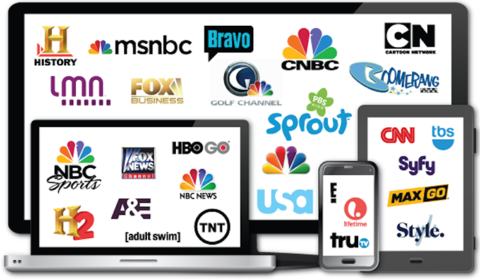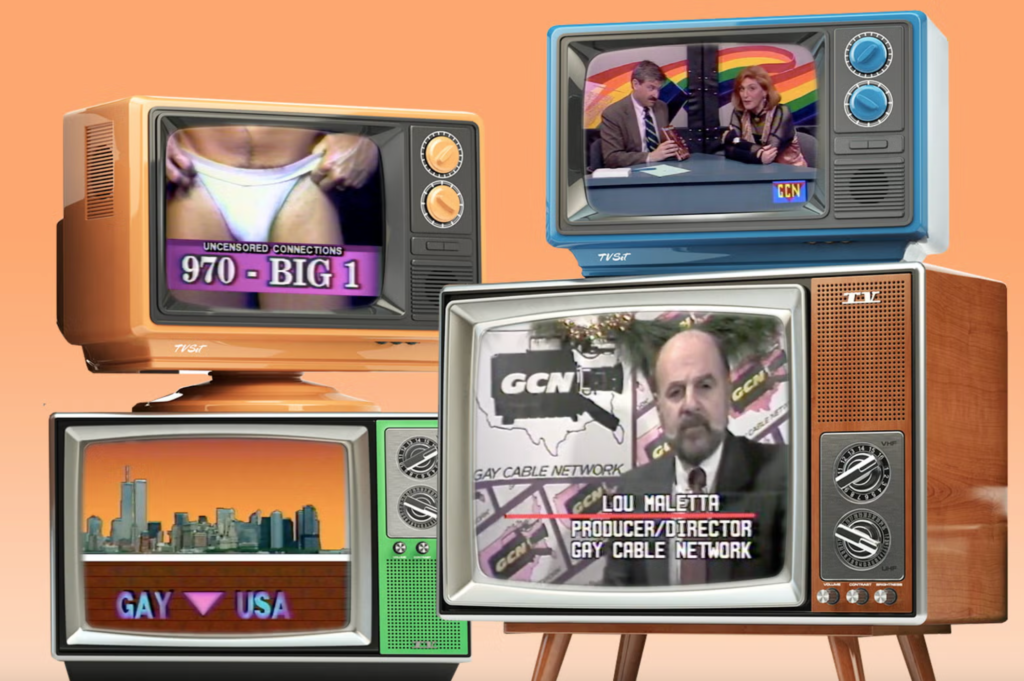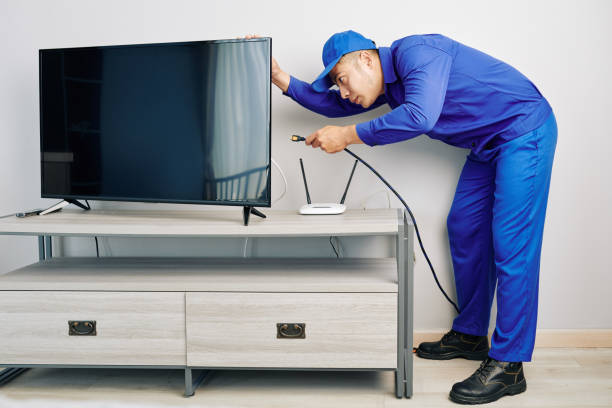Cable TV may soon be more expensive. Scripps claimed on Wednesday that it had secured cable and satellite carriage agreements covering 75% of the company’s subscriber households, and that it had increased the amount it could earn from cable TV providers.
Scripps estimates $750 million in local media division revenue as a result of the transactions, a 15% increase over last year. The corporation also claimed a 40% rise in net distribution dollars.
In a statement, Scripps President and CEO Adam Symson said he was “pleased” that the business was able to negotiate the agreements without resorting to bans that “punish viewers.”

However, cable TV consumers may not be fully unaffected.
As the cost of carrying these channels rises, the firms who distribute them, from Spectrum to DIRECTV, may eventually pass those higher prices on to their customers. A handful of TV companies have already raised their pricing, with DIRECTV announcing their rise last week, following a similar hike by DISH Network.
The price increase for DIRECTV comes after Nexstar, the largest owner of local TV stations, agreed to handover its local stations to DIRECTV.
RELATED: Pay TV And Cable Lost 5.8M Subscribers In 2022
In both situations, the providers blamed the pricing increases on increasing distribution expenses.

Local TV owners, on the other hand, have claimed that networks like NBC, ABC, and CBS still have more viewers than cable channels and should be compensated accordingly.
“Scripps is now capturing full value for its pay TV households, and the robust growth in our net distribution margin dollars and gross revenue is a testament to the durable economics of the linear TV marketplace at a time when most streaming services themselves are unprofitable,” the company said in a statement.
While the bulk of streaming services are failing to make a profit and boosting their own costs, the figures nevertheless show a steady flight of subscribers from cable. Companies like Comcast, DIRECTV, and Spectrum have lost almost 2.7 million customers this year alone. And they are not migrating to live TV streaming providers. Around the same time, Hulu + Live TV and Fubo lost almost 500,000 customers.

As a result, cable companies and even live TV streaming services face the challenging task of balancing increased distribution costs with users flocking to free alternatives.
Overall, cable TV operators will lose approximately 15,000 subscribers each day in 2023. If the current trend continues, the industry will have lost more than 4 million clients by year’s end.
As inflation rates rise, consumers are increasingly looking for ways to save money.
“With less disposable income available among consumers, the demand for flexibility in entertainment choices has surged in response to the evolving preferences in entertainment over the recent years,” according to TiVo’s Video Trends research.
Viewers prefer ad-supported video on demand (AVOD) and free ad-supported streaming TV (FAST). Apps such as Freevee, Crackle, Pluto TV, Tubi, and Roku Channel are examples of AVOD and FAST channels.
Download The Radiant App To Start Watching!
Web: Watch Now
LGTV™: Download
ROKU™: Download
XBox™: Download
Samsung TV™: Download
Amazon Fire TV™: Download
Android TV™: Download

